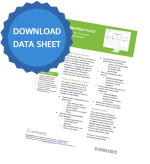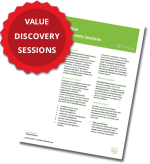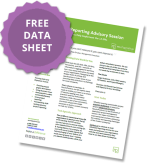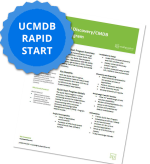Implementing AI in ServiceNow SPM: Effective Strategic Planning and Prioritization
In today’s fast-paced business environment, organizations are increasingly turning to artificial intelligence (AI) to enhance their strategic planning processes. For those leveraging ServiceNow’s Strategic Portfolio Management (SPM) module, AI offers a powerful way to align projects with business goals, optimize resources, and drive innovation. This blog post explores how to implement AI in ServiceNow SPM, focusing on effective strategic planning and prioritization techniques. Whether you’re an IT project manager, a C-level executive, a change management professional, or a ServiceNow administrator, you’ll find actionable insights to elevate your organization’s strategic capabilities.
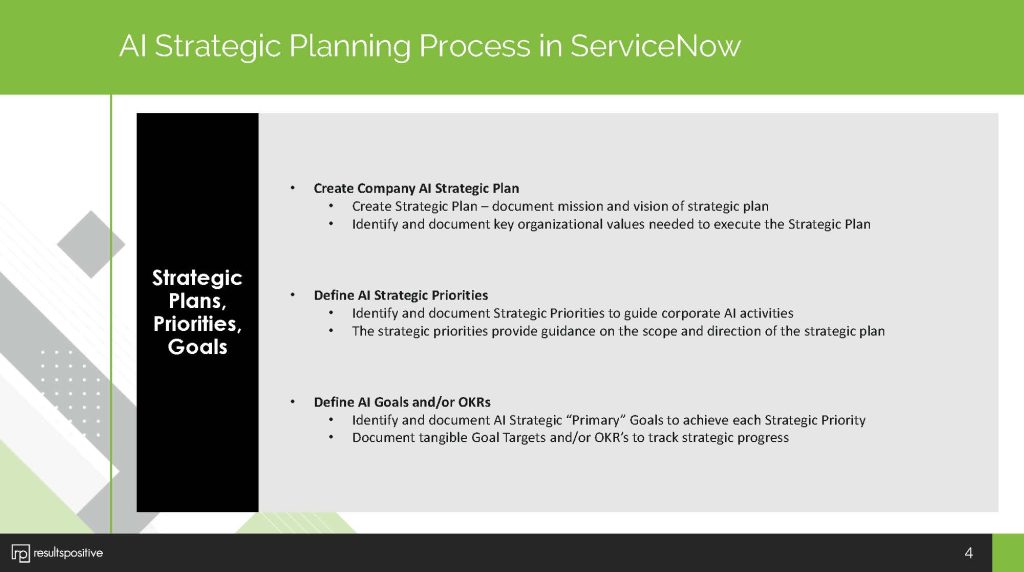
Why AI Matters in Strategic Planning
AI is transforming how organizations approach strategic planning. By integrating AI into ServiceNow SPM, businesses can make smarter decisions, automate repetitive tasks, and anticipate future needs. Imagine a system that not only tracks your portfolio but also predicts which projects will deliver the most value. AI strategic planning in ServiceNow enables this by providing data-driven insights, ensuring that every initiative supports your mission and vision. For executives, this means a competitive edge; for project managers, it’s streamlined execution; and for administrators, it’s a more efficient platform.
The AI Strategic Planning Process in ServiceNow
Effective AI strategic planning in ServiceNow SPM follows a structured process that lays the foundation for success. Let’s break it down into three key steps.
1. Create a Company AI Strategic Plan
The first step is to establish a clear AI strategic plan. Begin by documenting your organization’s mission and vision for AI adoption. What do you hope to achieve? Perhaps it’s improving operational efficiency or enhancing customer experiences. This clarity ensures that all AI efforts are purpose-driven.
Next, identify the organizational values that will guide your plan. These values—such as innovation, collaboration, or integrity—act as a compass, ensuring that AI initiatives align with your company’s culture. For example, if transparency is a core value, your AI tools might prioritize explainable decision-making.
2. Define AI Strategic Priorities
With the plan in place, it’s time to pinpoint your AI strategic priorities. These are the areas where AI can make the biggest impact—think process automation, predictive maintenance, or portfolio optimization. By documenting these priorities, you create a focused roadmap for your AI activities in ServiceNow SPM.
These priorities also define the scope and direction of your strategic plan. They help you avoid spreading resources too thin and ensure that every AI project contributes to a cohesive goal. For instance, if a priority is cost reduction, you might focus AI efforts on identifying inefficiencies in your project portfolio.
3. Set AI Goals and OKRs
Finally, translate your priorities into specific goals and Objectives and Key Results (OKRs). Define primary goals that align with each priority—such as reducing project delivery times or increasing resource utilization. These goals should be ambitious yet achievable, inspiring your team to push boundaries.
To track progress, document tangible targets and OKRs. For example, an OKR might be: “Objective: Enhance project selection with AI. Key Result: Increase prioritization accuracy by implementing AI-driven scoring within three months.” This measurable approach keeps everyone accountable and focused.
Building an AI Strategic Roadmap
Once your strategic plan is set, the next phase is creating a roadmap to bring it to life. This involves a series of activities that ensure your AI strategy is actionable and aligned across the organization.
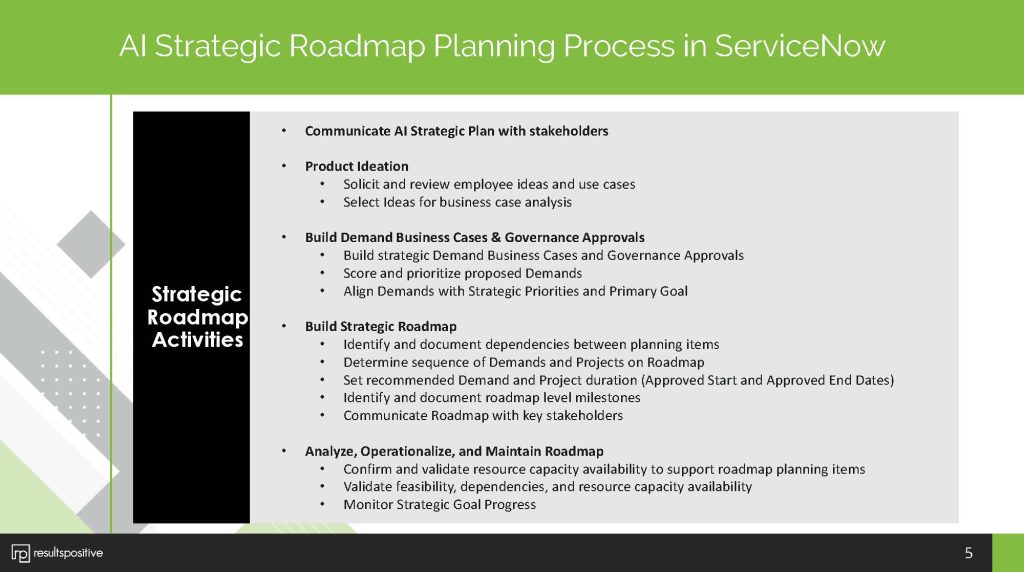
Communicate with Stakeholders
Start by sharing the AI strategic plan with stakeholders—executives, project teams, and ServiceNow administrators alike. Clear communication builds buy-in and ensures everyone understands their role. Regular updates and feedback loops keep the plan dynamic and responsive to changing needs.
Encourage Product Ideation
Innovation thrives when everyone contributes. Solicit ideas and use cases from employees about how AI can enhance ServiceNow SPM. Maybe a project manager suggests AI for risk assessment, or an administrator proposes automating status reports. Review these ideas and select the most promising ones for further analysis, fostering a culture of creativity.
Develop Business Cases and Approvals
For each selected idea, build a detailed business case. Outline the strategic value, resource needs, and expected outcomes. Then, score and prioritize these cases using a structured approach (more on that later). Ensure they align with your strategic priorities and goals before seeking governance approvals. This step bridges the gap between ideation and execution.
Construct the Strategic Roadmap
Now, it’s time to map out the roadmap. Identify dependencies between initiatives—does one project need to finish before another begins? Sequence them logically, setting approved start and end dates. Define roadmap-level milestones, like completing an AI pilot or rolling out a new feature, to track progress. Finally, share the roadmap with stakeholders to maintain alignment and momentum.
Analyze and Maintain the Roadmap
A roadmap isn’t static—it requires ongoing attention. Validate resource availability to ensure you can execute as planned. Check feasibility by analyzing dependencies and constraints. Monitor progress against your strategic goals, adjusting the roadmap as needed to stay on course. This iterative process keeps your AI strategy relevant and effective.
Prioritization and Scoring Techniques
Prioritization is where AI strategic planning in ServiceNow SPM truly shines. With potentially dozens of initiatives vying for attention, you need a systematic way to rank them. Here’s how AI can enhance traditional methods.
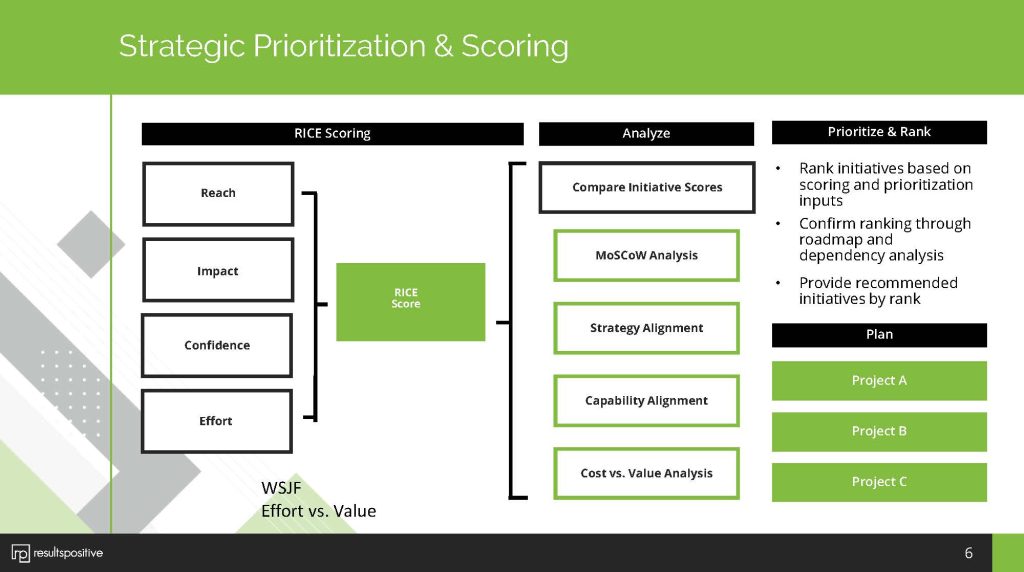
The RICE Scoring Model
The RICE model—Reach, Impact, Confidence, Effort—is a robust framework for scoring initiatives:
-
Reach: How many people or systems will this affect?
-
Impact: What’s the potential benefit?
-
Confidence: How certain are you of your estimates?
-
Effort: How much work is required?
AI can automate data collection for these factors, calculating a RICE score for each initiative. For example, it might analyze historical project data in ServiceNow to estimate Effort or predict Impact based on trends. This gives you a quantitative basis for comparison.
Analytical Methods
After scoring, dig deeper with analysis:
-
Compare Scores: Look at RICE scores side by side to see which initiatives stand out.
-
MoSCoW Analysis: Categorize them as Must have, Should have, Could have, or Won’t have.
-
Strategy Alignment: Confirm each aligns with your AI strategic priorities.
-
Capability Alignment: Do you have the skills and tech to succeed?
-
Cost vs. Value: Balance financial investment against potential returns.
AI can enhance this phase too, offering predictive insights or flagging misalignments automatically.
Rank and Recommend
Using the scores and analysis, rank your initiatives. Cross-check this ranking with your roadmap, ensuring dependencies are accounted for. Present the prioritized list to decision-makers, highlighting top recommendations like “Project A: AI-driven risk scoring” or “Project B: Automated resource allocation.” This structured approach builds confidence in your choices.
How AI Supercharges Prioritization
AI doesn’t just support prioritization—it transforms it. It can gather data for RICE scoring in real time, reducing manual effort. Predictive analytics forecast which initiatives are likely to succeed, adding a layer of foresight. And as conditions change—say, a shift in business priorities—AI can dynamically adjust rankings, keeping your SPM agile and responsive.
Bringing It All Together
Implementing AI in ServiceNow SPM is about more than technology—it’s a mindset shift. Start with a solid strategic plan, defining your mission, priorities, and goals. Build a roadmap that turns vision into action, engaging stakeholders and refining ideas along the way. Then, use AI-enhanced prioritization to focus on what matters most, ensuring every project delivers value.
For IT project managers, this means streamlined workflows. For executives, it’s strategic alignment. For change management professionals, it’s smoother transitions. And for ServiceNow administrators, it’s a platform that works smarter. The result? An organization poised for growth and innovation.
Ready to take your strategic planning to the next level? Contact ResultsPositive for expert guidance on integrating AI into your ServiceNow SPM environment. Let’s transform your portfolio—and your future—together.





